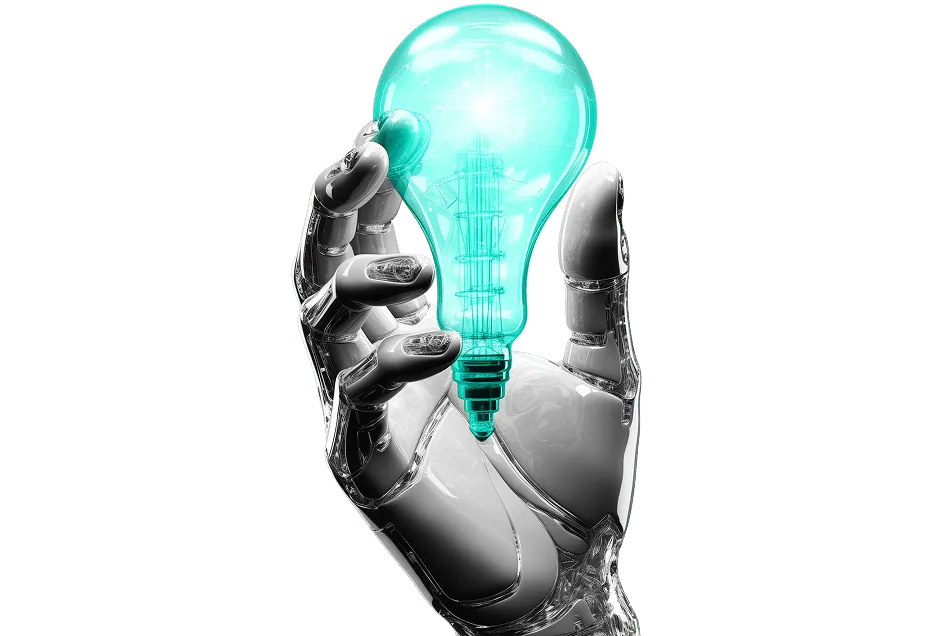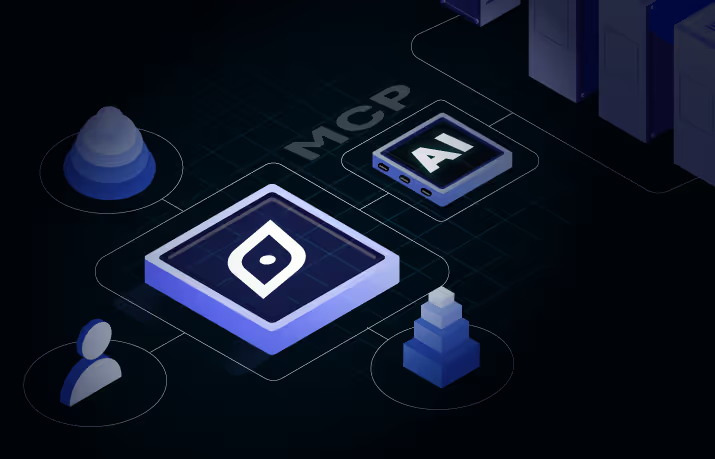HR Talent Acquisition Leaders’ Guide to AI Integration
HR Talent Acquisition leader is expected to be a more insightful partner in an organization’s business operations. Generative AI (Gen AI) is helping HR drive business outcomes with precise workforce insights.
1 in 2 HR Talent Acquisition leaders are already exploring how to leverage AI in their work.
HR Talent Acquisition leaders are using Gen AI to shift their focus from administrative tasks to leading company-wide strategic transformation. Because the technology becomes vital in unlocking value as the function expands its influence, HR is adapting to technological breakthroughs and shifting work paradigms.
So, with the modern workplace evolving, HR needs novel ways to increase employee engagement and productivity. But simply adopting technology is not enough; it must be strategically leveraged to drive meaningful change –
1. Improve employee engagement: Bridging skills gap is a key component of increasing productivity. Draup allows HR talent acquisition leaders identify skills gaps and plan reskilling programs.
Moreover, employee engagement begins when a candidate connects with the organization.
2. Optimize employee growth: HR leaders can align candidates’ aspirations with company goals from the start of the employee lifecycle. By doing so, they enable a tailored learning path for employees, based on individual goals and business objectives.
Because AI-driven insights power this alignment, HR leaders can unlock their workforce’s full potential, cultivating a culture of excellence.
Strategic Planning and Goal Setting in HR Talent Acquisition for AI Integration
Incorporating Gen AI into HR processes necessitates meticulous strategic planning and goal setting.
1. Define clear objectives: HR leaders must outline specific objectives aligned with organizational goals, such as improving operational efficiency and enhancing employee experiences.
Leveraging AI in HR could witness a 30% increase in productivity.
2. Develop an implementation roadmap and foster learning: There must be a change management strategy to guarantee a successful transition to AI-enhanced procedures. Also, take into account budget restrictions, technical preparedness, and organizational culture.
Understand the Impact and Develop the Talent Acquistion Roadmap
It is of HR interest for HR to transformation digitally. When employing Draup for Talent, this process becomes an opportunity to redefine HR practices and enhance company success.
1. Assess organizational readiness: HR Talent Acquisition leaders must evaluate organizational readiness, assess the management buy-in, cultural dynamics, and current infrastructure.
AI can offer insights about organizational strengths, weaknesses, and areas ready for change. HR leaders could design implementation strategies that complement organizational goals.
2. Define KPIs and build a cross-functional readiness: KPIs provide direction. HR leaders must set clear and quantifiable objectives that represent Gen AI’s intended effects.
Additionally, cross-functional collaboration is necessary. HR Talent Acquisition leaders must involve IT, finance, operations, and other essential stakeholders in order to promote a shared ownership culture.
3. Map implementation phases and timelines: The process of creating an implementation roadmap involves segmenting the AI integration process into feasible steps and determining reasonable deadlines.
HR leaders can map out implementation milestones, allocate resources efficiently, and reduce potential risks with granularity. In HR talent acquisition, they may use a phased approach to deploy AI solutions, assess progress, and course-correct where necessary.
Seamlessly Integrate Gen AI within HR Talent Acquisition Functions
HR needs effective training and change management to integrate GenAI into its activities, including HR talent acquisition. Let’s discuss:
1. Overcome resistance to change: Organizations must foster a culture that values technological development and innovation, stressing the potential benefits of Gen AI in enhancing efficiency and decision-making processes.
To achieve this, encourage open communication and debate about the role of AI in HR talent acquisition. Address concerns and misconceptions while emphasizing the potential for professional growth.
Additionally, Draup’s diverse data sources and insights can help demonstrate tangible benefits and overcome resistance to change.
2. Educating HR leaders on Gen AI: There is a common sentiment among HR leaders that AI will fundamentally augment HR roles in the next 5 to 10 years.
Organizations must establish comprehensive training programs to educate HR leaders about the capabilities, limitations, and ethical considerations of Gen AI. Also, HR must get hands-on training, workshops, and online resources to equip them with the necessary skills.
Draup for Talent’s Talent Intelligence platform leverages AI and advanced analytics to identify, assess, and attract top-tier talent. It provides actionable insights for HR leaders to build high-performing teams and stay ahead in a competitive market.










.svg)
















.svg)





.svg)





.svg)
